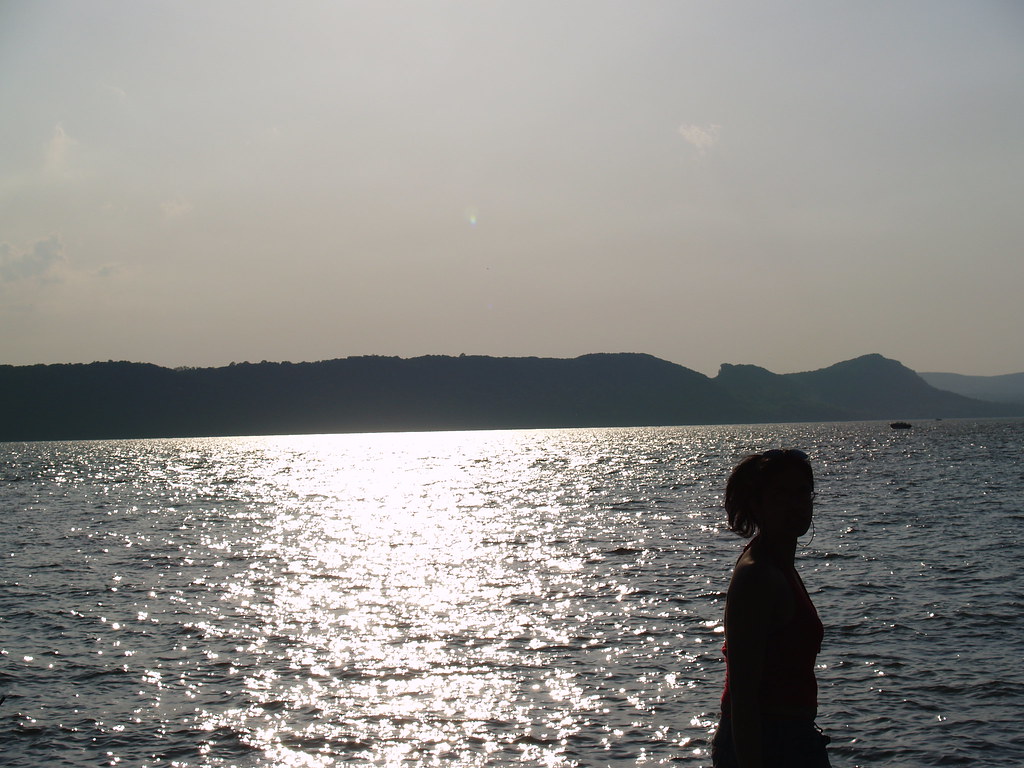
The site lies north of the East Williamsburg State Park, along Bushwick Inlet at bordered by North 12th and North 14th Streets and Kent Avenue to the East River.
TGE filed a proposal to create a 1,000 megawatt cogeneration facility on late December in 2002. Originally, the plant was to be above ground, but TGE changed it to an underground facility in November, 2004. They changed the proposal again to an above-ground facility in the summer of 2007. The Siting Board rejected the proposals’ first and second phases as well.
The facility would convert natural gas into electricity for the City’s usage.
The proposal still resides on TGE’s website and includes both the above-ground and below-ground designs. The below-ground plans would include a waterfront park. The plant would have been the largest in New York City.
TGE made their proposal more appealing to the community with promises of affordable housing and better air quality.
According to the Greenpoint-Williamsburg Waterfront Task Force and the Pace Energy Project, the TGE plant would exude 1,075.32 tons of toxic emissions per year as well as increase levels of PM 2.5, which is a health risk, according to the U.S. Supreme Court and New York Court of Appeals, linked to asthma, cancer and heart disease.
The Siting Board is made up of seven members: four commissioners, from the NYS Departments of Environmental Conservation Pete Grannis, Health Richard F. Daines, M.D., Economic Development and Public Service, the latter serves as the Chairman of the Siting Board, Garry Brown. The role of the Board is to determine whether proposals for energy facilities adhere to the New York State’s Energy Plan and its impact to the environment and neighborhood.
According to the Siting Board, the facility is incompatible with health and safety concerns, doesn’t sit well with the City’s plans to develop the waterfront into a more recreational-TK friendly zone, harms to the environment and residential areas.
The Greenpoint-Williamsburg waterfront is already undergoing drastic changes, with housing developments rising and opens spaces for parks being cleared.
In its place, the City will create a waterfront park on Bushwick Inlet, 28-acres.
Aiding the fight against TGE was Greenpoint Assemblyman Joseph Lentol. “The Greenpoint Williamsburg area is quite simply starved for open space and this will only continue as more and more people move into our neighborhood,” Lentol. “This park will be a much needed victory for open space and our community. I am absolutely thrilled. “
According to Parks Commissioner Adrian Benepe said the park will include “boat launches, picnic grounds, soccer fields, wetland preserves and a 2-mile bicycle and pedestrian path along the East River waterfront.”
The City looked to acquire the land from Bayside Fuel in 2005, but TGE’s application was still pending. Now that the plan is rejected, the City is able to acquire the area, possibly through eminent domain













